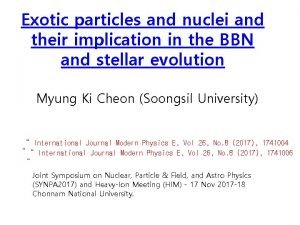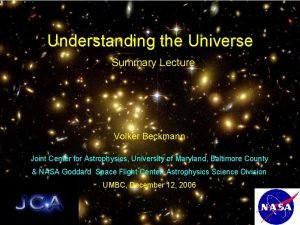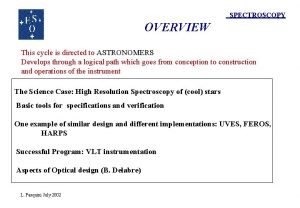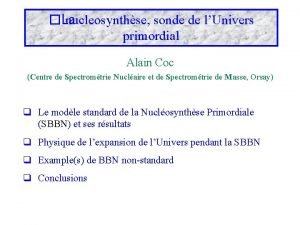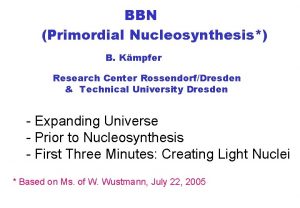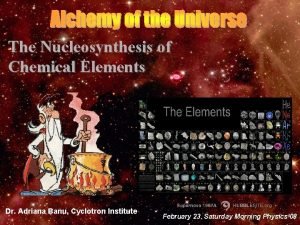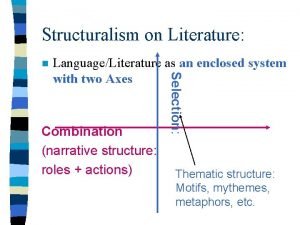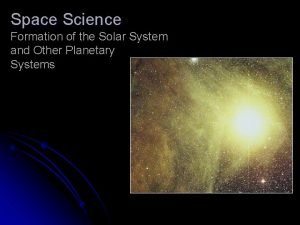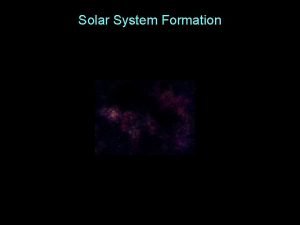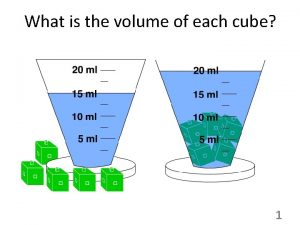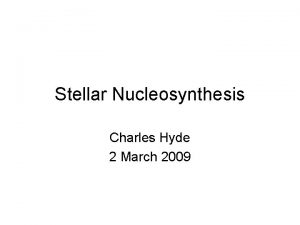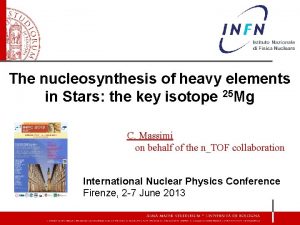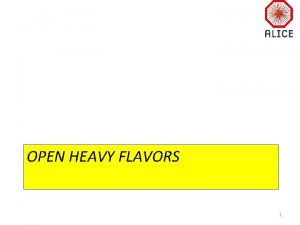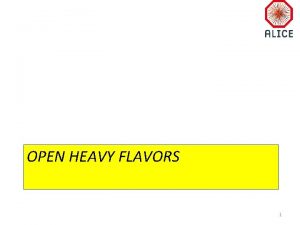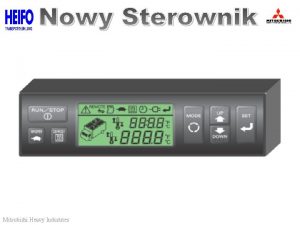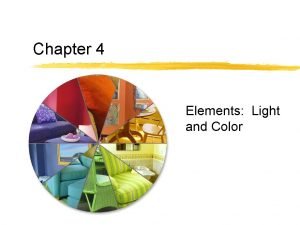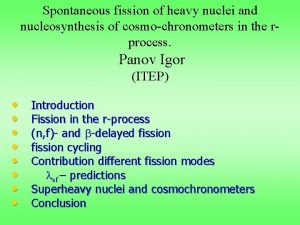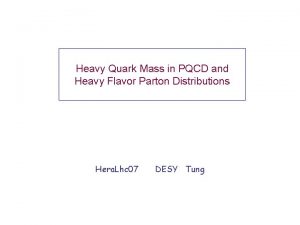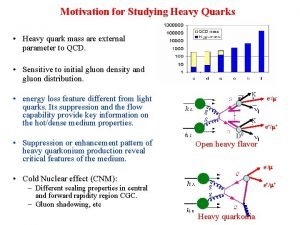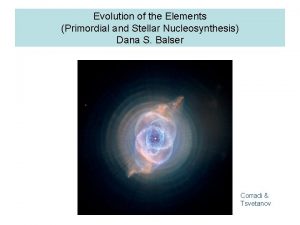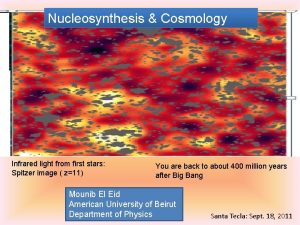Light and heavy elements nucleosynthesis in low mass

















![Pulse by pulse surface enrichments (Z=10 -4) C-star Lead-star [C/Fe]=3. 3 de. X [F/Fe]=3. Pulse by pulse surface enrichments (Z=10 -4) C-star Lead-star [C/Fe]=3. 3 de. X [F/Fe]=3.](https://slidetodoc.com/presentation_image_h2/dee50204e72874b7544ab0cf4429919c/image-18.jpg)


- Slides: 20

Light and heavy elements nucleosynthesis in low mass AGB Stars S. Cristallo (Osservatorio di Teramo, INAF) O. Straniero, L. Piersanti (Osservatorio di Teramo, INAF) R. Gallino (Universita’ di Torino) I. Dominguez (Univerdad de Granada)

OUTLINE M=2 M AGB models (FRANEC Code) DISK STARS (Z=1. 5 x 10 -2 ≡ Z ) HALO STARS (Z=1 x 10 -4) Ø The formation of the 13 C pocket and the nuclear network Ø Light and heavy elements nucleosynthesis Ø Comparison with observations

13 C(α, n)16 O s-process Z s Β v y lit reaction y e l al i b ta N AGB Weak component (A<90) Main component (90<A<204) Strong component (204<A<209)

How we treat the convection • Schwarzschild criterion: to determine convective borders • Mixing length theory: to calculate velocities inside the convective zones v = vbce · exp (-d/β Hp) At the inner border of the convective envelope, we assume that the velocity profile drops following an exponentially decaying law REF: Freytag (1996), Herwig (1997), Chieffi (2001), Straniero(2005), Cristallo (2001, 2004, 2006) • • Vbce is the convective velocity at the inner border of the convective envelope (CE) d is the distance from the CE Hp is the scale pressure height β = 0. 1 WARNING: vbce=0 except during Dredge Up episodes

Gradients profiles WITHOUT WITH exponentially decaying velocity profile RADIATIVE He-INTERSHELL CONVECTIVE ENVELOPE During a TDU episode

Formation of the 13 C-pocket M=2 M Z=Z a) Maximum envelope penetration (during TDU); b) 12 C(p, )13 N(β+)13 C 13 C(p, )14 N c) and reactions; 22 Ne(p, )23 Na; d) the envelope receeds.

The resulting pocket(s) 13 C-pocket 14 N-pocket 23 Na-pocket ΔM~10 -3 M

Variation of the 13 C-pocket pulse by pulse X(13 Ceff)=X(13 C)-X(14 N)*13/14 14 N strong neutron poison via 14 N(n, p)14 C reaction 1 st 11 th

Calibration of the free parameter H 12 C 14 N 13 C Different choices of the β parameter in the velocity profile algorithm β~0. 1 1. 2. Low mass AGB Stars Treatment of convection Cristallo S. (Ph. D Thesis)

THE NETWORK About 500 isotopes linked by more than 700 reactions Reactions (n, γ) (n, p) and (n, α) p and α captures β decays Reference Bao & Kaeppeler Koehler, Wagemans NACRE Takahashi&Yokoi

Solar metallicity

THE AGB PHASE First TDU episode and consequent 13 C-pocket formation C/O=1 C/O~2 M=2 M Z=Z (Z=1. 5 x 10 -2) Radiative burning of 13 C(α, n)16 O reaction Engulfment of the 13 C-pocket in the convective shell

CONVECTIVE 13 C burning 60 Fe production Convective 13 C(α, n)16 O 22 Ne(α, n)25 Mg t=0 at the 13 C-pocket ingestion in the convective shell Cristallo et al. 2006 (astro-ph/0606374)

1 st TDU 26 Al dredged up MAINLY from the He-intershell 1 st TDU NO 60 Fe 2 nd TDU convective 13 C 60 Fe

Comparison with post-process calculations POST PROCESS (Gallino et al. 1998) M=2 M , Z=2 x 10 -2 (Straniero et al. 2003) 13 C pocket Artificiallyintroduced 1. 1. Artificially 2. 2. Constant pulse after pulse Final distributions

Comparison with Galactic Carbon Stars Z ~ Z Surface C/O=1 Abia et al. 2002 FRANEC ( 6 th pulse with TDU) [ls/Fe]=([Sr/Fe]+[Y/Fe]+[Zr/Fe])/3 [hs/Fe]=([Ba/Fe]+[La/Fe]+[Ce/Fe] +[Nd/Fe] +[Sm/Fe])/5

Low metallicity
![Pulse by pulse surface enrichments Z10 4 Cstar Leadstar CFe3 3 de X FFe3 Pulse by pulse surface enrichments (Z=10 -4) C-star Lead-star [C/Fe]=3. 3 de. X [F/Fe]=3.](https://slidetodoc.com/presentation_image_h2/dee50204e72874b7544ab0cf4429919c/image-18.jpg)
Pulse by pulse surface enrichments (Z=10 -4) C-star Lead-star [C/Fe]=3. 3 de. X [F/Fe]=3. 7 de. X last [Na/Fe]=2. 8 de. X … 10 [ls/Fe] ~ 1. 7 5 [hs/Fe] ~ 2. 3 1 [Pb/hs] ~ 3. 1

Comparison with LEAD (Halo) stars REQUESTED DILUTION (Van Eck et al. 2003) EXTRINSIC AGB? √ Mc. Clure & Woodsworth 1990 ORBITAL PARAMETERS

Future plans • Exploring effects induced by C/O surface variations in models at low metallicities • Performing new models with a reduced mass-loss • Calculating more massive AGB stars (Al production) 1. 2. M=3 M and Z=Z (already done) Currently running M=6 M and Z=Z Yields and pulse by pulse [El/Fe] soon available on-line at: http: //www. oa-teramo. inaf. it/osservatorio/personale/cristallo/data_online. html
 Exotic nucleosynthesis
Exotic nucleosynthesis Primordial nucleosynthesis
Primordial nucleosynthesis Main sequence fitting
Main sequence fitting Primordial nucleosynthesis
Primordial nucleosynthesis Primordial nucleosynthesis
Primordial nucleosynthesis Abundance of elements
Abundance of elements What does ratey stand for
What does ratey stand for Light light light chapter 23
Light light light chapter 23 Into the light chapter 22
Into the light chapter 22 Light light light chapter 22
Light light light chapter 22 Structuralism
Structuralism Communication style bias
Communication style bias Mid = (low + high) / 2
Mid = (low + high) / 2 Significant figures
Significant figures Low voltage = low hazard
Low voltage = low hazard Heavy elements formed
Heavy elements formed Heavy elements formed
Heavy elements formed Heavy elements formed
Heavy elements formed Low mass star life cycle
Low mass star life cycle Small/medium star life cycle
Small/medium star life cycle Solar spectrum
Solar spectrum
